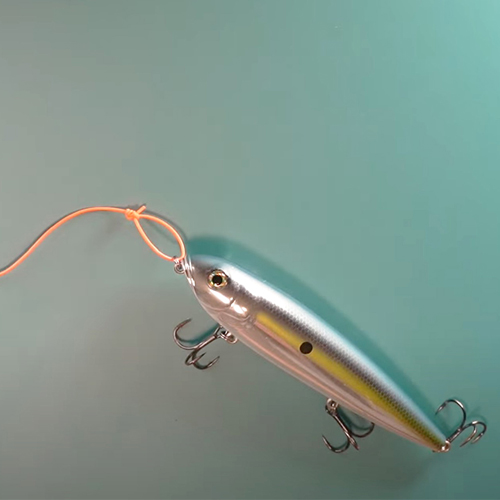How to Humanely Catch a Fish
Learn how to humanely catch a fish to minimize the level of stress on your catches. There are steps you can take to catch and release fish, or even when bringing fish home.
Humanely Catching Fish
From the time a fish bites your bait or lure, to the time you either release it back into the water or decide to bring it home for dinner, there are steps you can take to reduce the amount of stress you place on your catch. You might understand why this matters when practicing catch and release, but it may be less clear if you are bringing a fish home to eat.
Learning how to humanely catch a fish, or minimizing the amount of stress to the fish, increases survival rates when releasing fish, but can even improve the taste of fish when you choose to cook your catch. The more stress a fish experiences while being caught or landed, the more lactic acid builds up in its muscles and the more cortisol (stress hormones) it produces in its blood -- which can have a negative impact on the taste of the fish.
In other words, while there isn't just one right way to catch a fish, there are more humane ways to catch a fish than others. Consider these fishing tips for beginners on how to reduce the amount of stress placed on your catches.
Use Barbless Hooks
Before you go fishing, you can pinch the barbs down on your hooks or even buy barbless hooks. Barbless hooks will facilitate hook removal and minimize damage to the fish. Pinching down the barbs on your fishing hooks is easy. All you have to do is press the barb down using a pair of pliers or forceps.
Barbless hooks cause less damage to the fish and make the de-hooking process easier, quicker, and more humane. Hooks without barbs are also safer for you, as angler, should you accidentally get hooked.
Reduce Landing Time
The longer it takes you to fight or land a fish, the more lactic acid and stress hormones build up in its body. To minimize stress to the fish, the right way to catch a fish means using the proper weight-class tackle and landing the fish quickly. If you're not sure which weight-class tackle to use for the fish you plan to catch, check with your local tackle shop or ask an experienced angler for advice.
Handling Fish
How you handle a fish will not only make difference in survival rates when practicing catch and release, but also how the fish filet tastes when you bring it home to eat. When fish are left out of the water for extended periods of time, this creates additional trauma, reducing the chances of a fish recovering after release, but also causing stress hormones to build in the fish and affecting the quality of the meat.
To prevent additional stress and to handle fish in a manner that is as humane as possible, keep the fish in the water until it's absolutely necessary to remove it. Avoid letting the fish thrash around on a boat deck or inside of a livewell, and be sure to handle fish with wet, bare hands if you intend to release them.
If a fish in within the state fishing regulations and you want to bring it home to eat, learn how to harvest the fish quickly by using a swift strike to the fish's head. The next steps are to be sure you know how to store fish properly by putting it on ice, and then following instructions on how to filet a fish.
KEEP LEARNING

How to Tie the Non-Slip Loop Knot
The non-slip loop knot is a popular and reliable choice for securing hooks, lures, and other tackle to your fishing line.
LEARN MORE

Socials
Take me fishing social media links
LEARN MORE

TakeMeFishing x Teen Vogue
Join us on a creative journey as fashion designer Ahmrii Johnson walks us through her collaborative vision and process with Teen Vogue and fashion brand, Rentrayage, to create a special piece.
LEARN MORE


.png?lang=en-US&ext=.png)